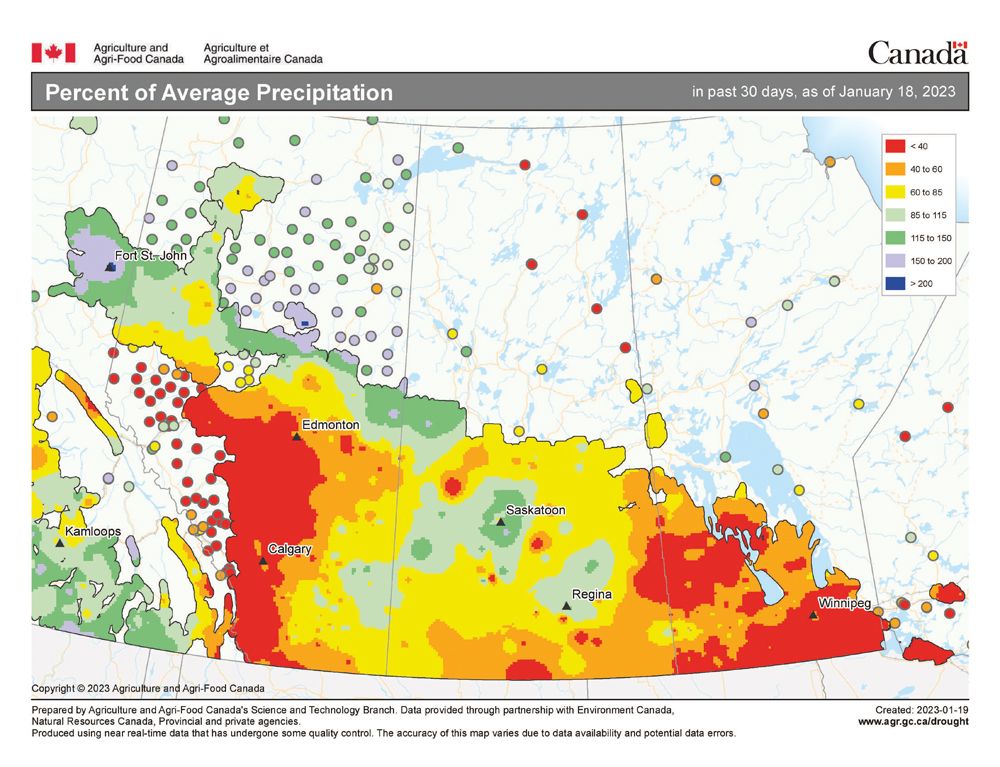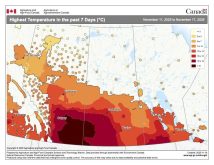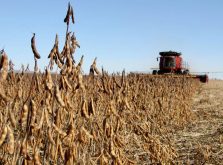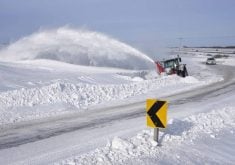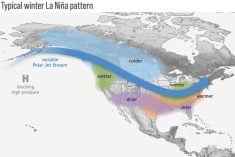The nice mid-winter weather continued, and if you are like me, you know that eventually this pattern will break down and we will see a return of average or below-average temperatures.
Last week’s forecast did pretty well, considering the sluggish weather pattern. We saw mostly cloudy skies and mild temperatures, with occasional periods of light snow and fog. The weather models leaned toward a shift in our weather pattern, which looks like it will happen.
This forecast period looks to begin much like the last forecast ended, with weak high pressure and a light northwesterly flow across our region. This should result in cloudy to partly cloudy skies along with near-average temperatures. Expect daytime highs to be in the -14 C range with overnight lows falling to around -20 C or a little colder if skies clear.
Read Also
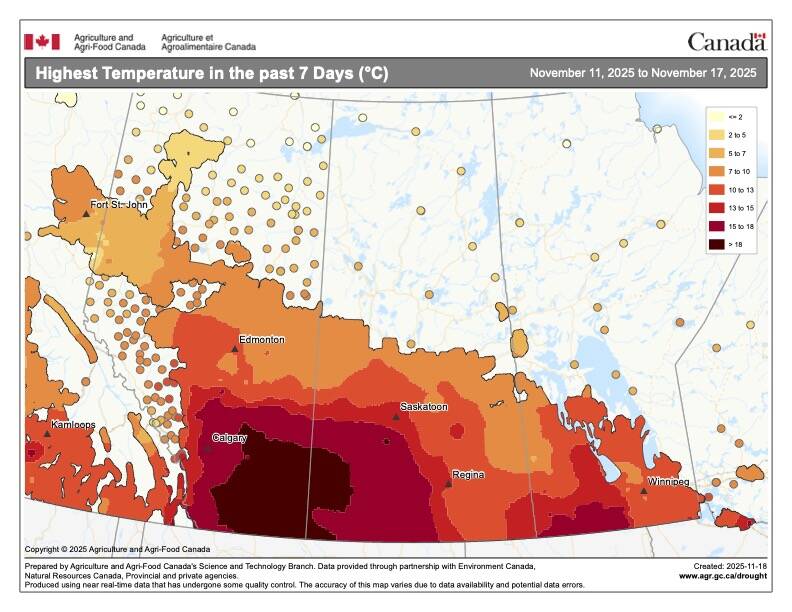
Farmer gift idea: How about a weather station?
The 2025 holiday season is looming, and a home weather station might make a great Christmas gift for farmers
Western regions could be a little warmer than this as a western ridge of warm high pressure builds, but how far east this ridge will push is uncertain.
The models then show an area of low-pressure dropping southeastward in the northwesterly flow on Thursday or Friday. This low does not look like it will bring much precipitation, with only a dusting of light snow expected. Behind the low, arctic high pressure looks to drop southward, bringing colder temperatures. Daytime highs over the weekend are forecasted to be in the -15 to -18 C range with overnight lows falling into the -25 to -28 C range. On the positive side, it looks like we will see some sunshine.
A second weak system may slide through late in the weekend or early during the week of Jan. 30, bringing clouds and the odd flurry. This system will be followed by a second arctic high that will bring a reinforcing shot of cold air to our region. Daytime highs and lows will likely drop a couple more degrees from the weekend values.
Looking further ahead, a severe cold air outbreak is unlikely. In fact, there are hints that our flow will become more westerly as we move into February, allowing temperatures to moderate toward seasonal values.
Usual temperature range for this period: highs, -22 to -6 C; lows, -33 to -16 C.


